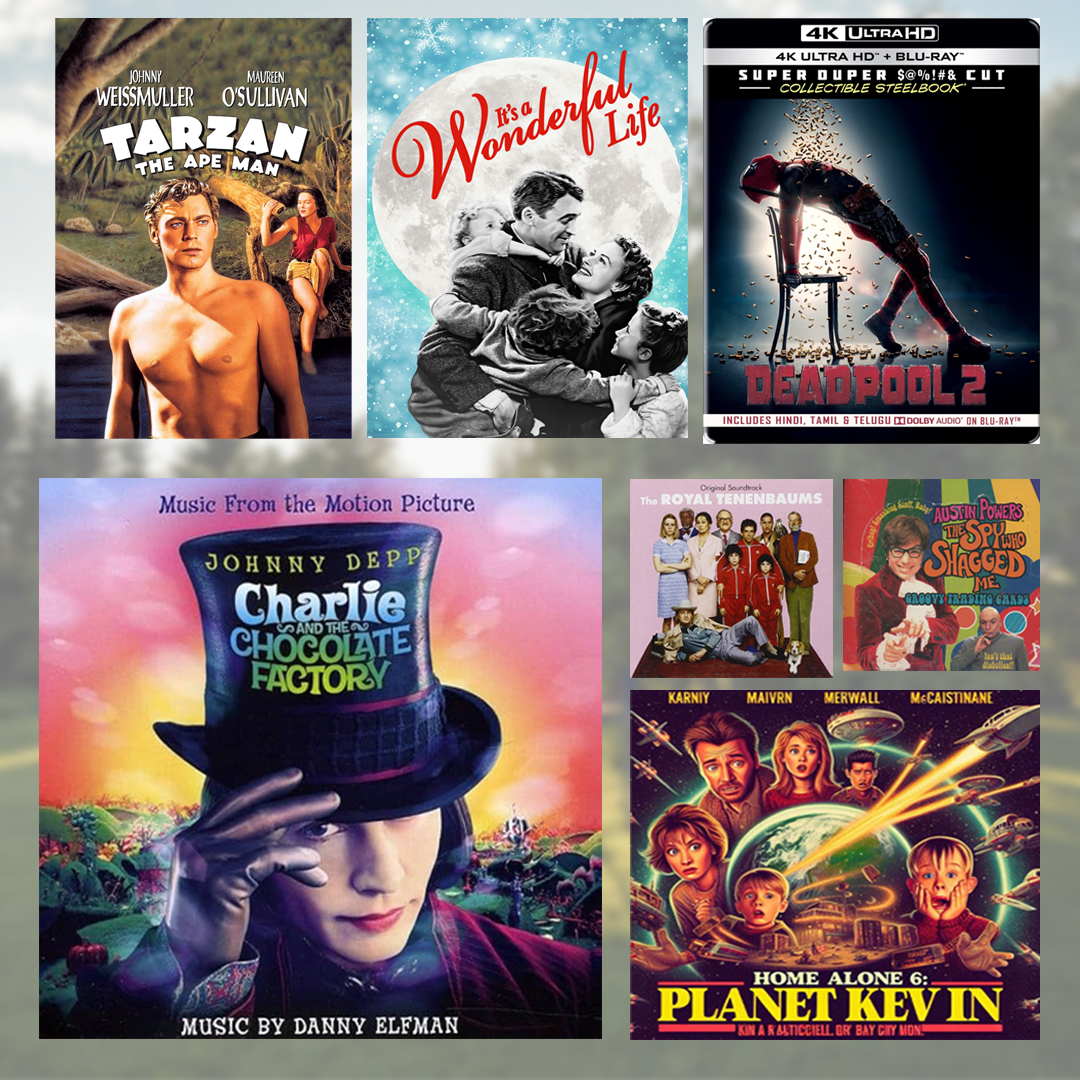
As trampolines became more widely available and affordable, they found their way into back gardens across the United Kingdom. Many children of the 70s and 80s will have fond memories of bouncing away long summer afternoons without a care in the world.
Not only this, trampolines have bounced their way into some of the most iconic moments in cinema history, capturing our imaginations and bringing out our inner child. From feel-good comedies to gripping thrillers, the trampoline has proven itself to be so much more than a garden toy. Filmmakers quickly realised the visual comedy potential of actors bouncing in an exaggerated fashion.
In this blog, we’ll take a lighthearted look at some of film’s most memorable trampoline scenes and explore why these bouncy moments have engraved themselves in our cultural consciousness.
Historical Perspective
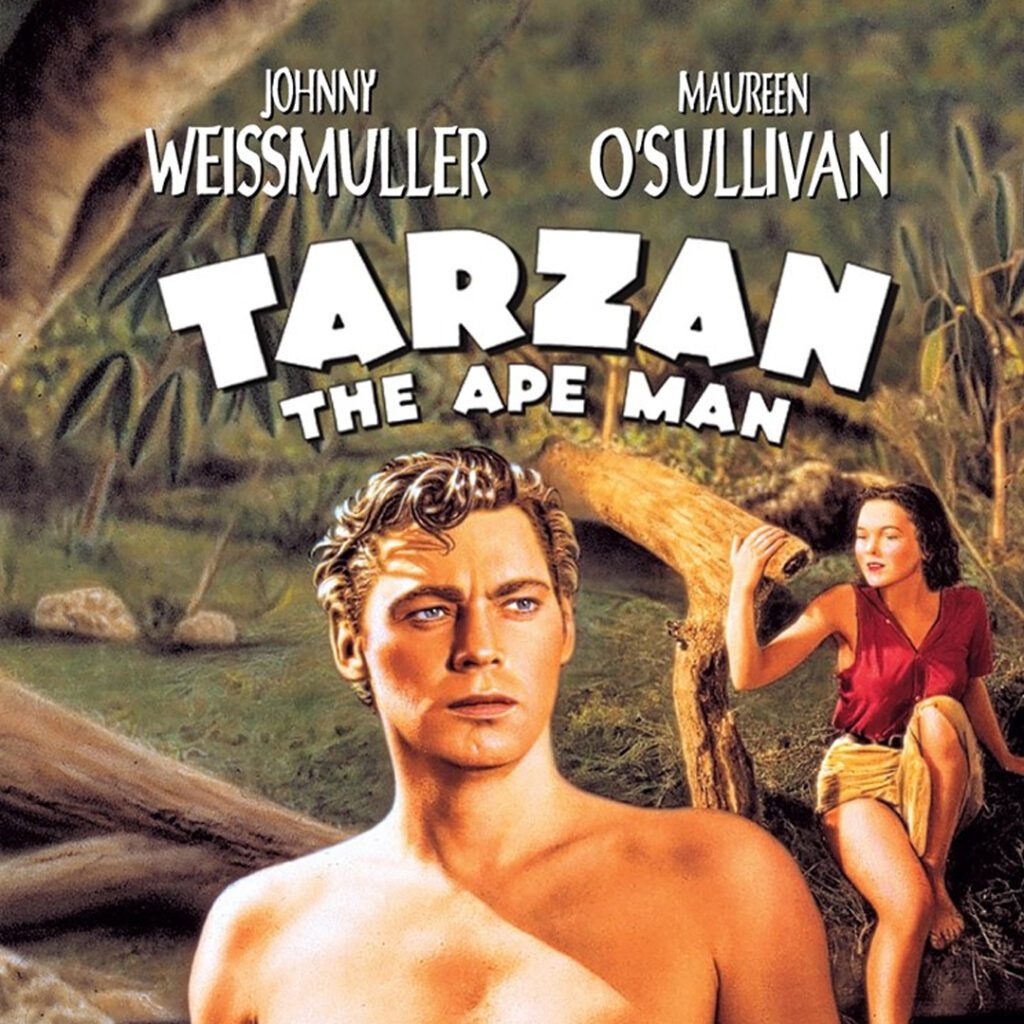
Early appearances of trampolines in film
Trampolines first bounced onto the silver screen in the 1930s. Early films like Tarzan the Ape Man and It’s a Gift featured trampolines, albeit briefly. These early appearances showcased the trampoline as a spectacle, a device for comedic effect or to thrill audiences with daring jumps and flips.
Evolution of trampoline scenes in cinema over the years
As trampolining gained popularity as a recreational activity and competitive sport, with different trampolines for different use, they assumed more prominent roles in films. In the 1950s, trampolines were used in musicals like Rich, Young and Pretty to create a sense of whimsy and youthful exuberance in song and dance numbers.
In the 1960s and 70s, trampolines became more integral to film narratives. Films like The Trouble with Angels and Caddyshack used trampolines as settings for character interactions and plot development. More recently, films employ trampolines in creative ways, like the trampoline dodgeball scene in DodgeBall: A True Underdog Story or the trampoline choreography in musical biopic Rocketman.
Iconic Movie Scenes Featuring Trampolines
1. “It’s a Wonderful Life” (1946)
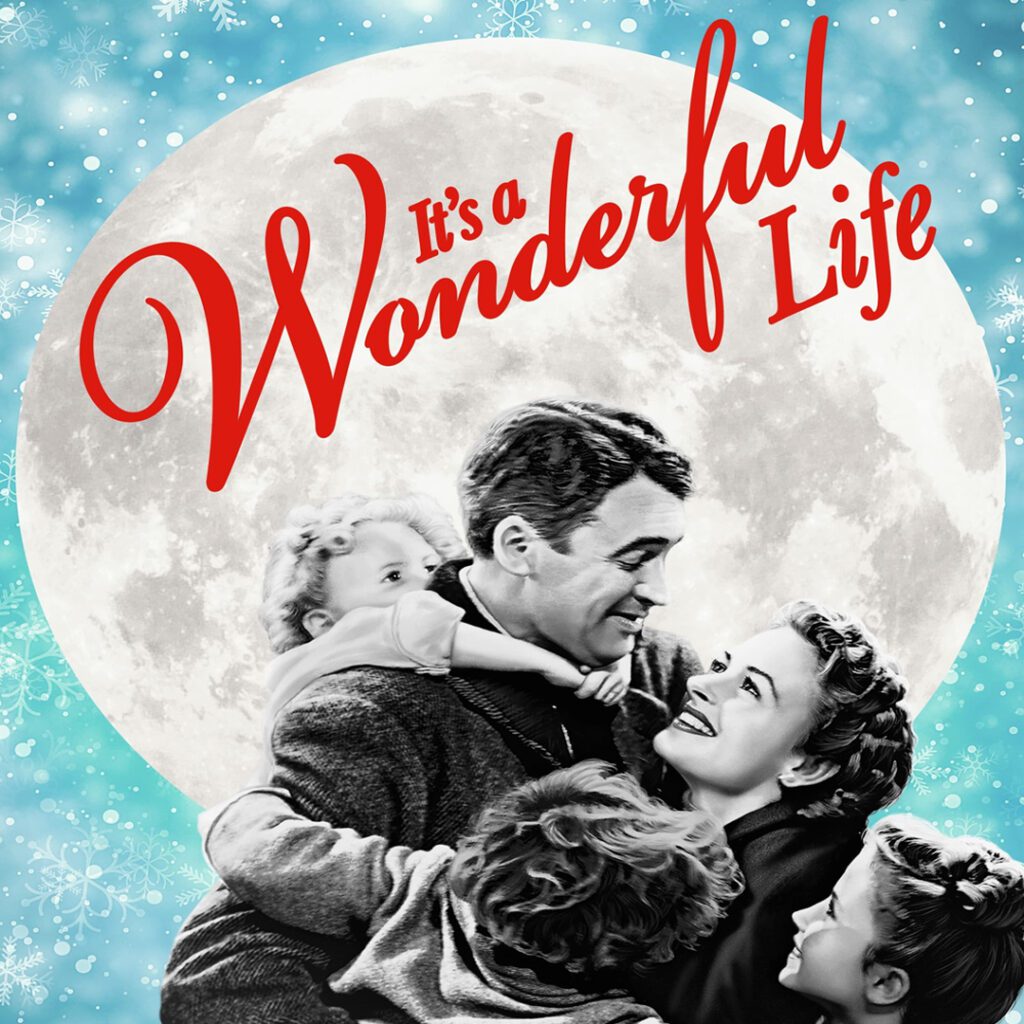
One of the most well-known film scenes involving a trampoline comes from the 1946 Frank Capra classic “It’s a Wonderful Life”. In the film, George Bailey, played by Jimmy Stewart, gets a chance to see how life in his community of Bedford Falls might have turned out had he never existed.
Clarence the Angel
When George contemplates suicide on Christmas Eve, his guardian angel Clarence intervenes. Clarence shows George what Bedford Falls would be like without his positive impact and influence over the years.
In one memorable scene, Clarence and George visit a local bar where everything seems cheerier and more raucous than usual. George is stunned to see his sweetheart Mary, now a librarian, behaving flirtatiously with other men. Even more shockingly, his affable uncle Billy is locked up in an asylum!
Discovery on the Trampoline
Seeking an escape from the chaos, George and Clarence head to the local gymnasium. There, they come across a rowdy group of teens and young adults gleefully bouncing on a large trampoline. Two of the teens look familiar – they’re George’s younger brother Harry and friend Sam Wainwright, now grown up.
On the trampoline, Harry and Sam are behaving as silly, carefree souls without a hint of responsibility. Clarence points out that without George’s leadership and guidance over the years, they never matured into upstanding citizens. The trampoline symbolises their youthful recklessness and waywardness in this alternate reality.
2. “Charlie and the Chocolate Factory” (2005)
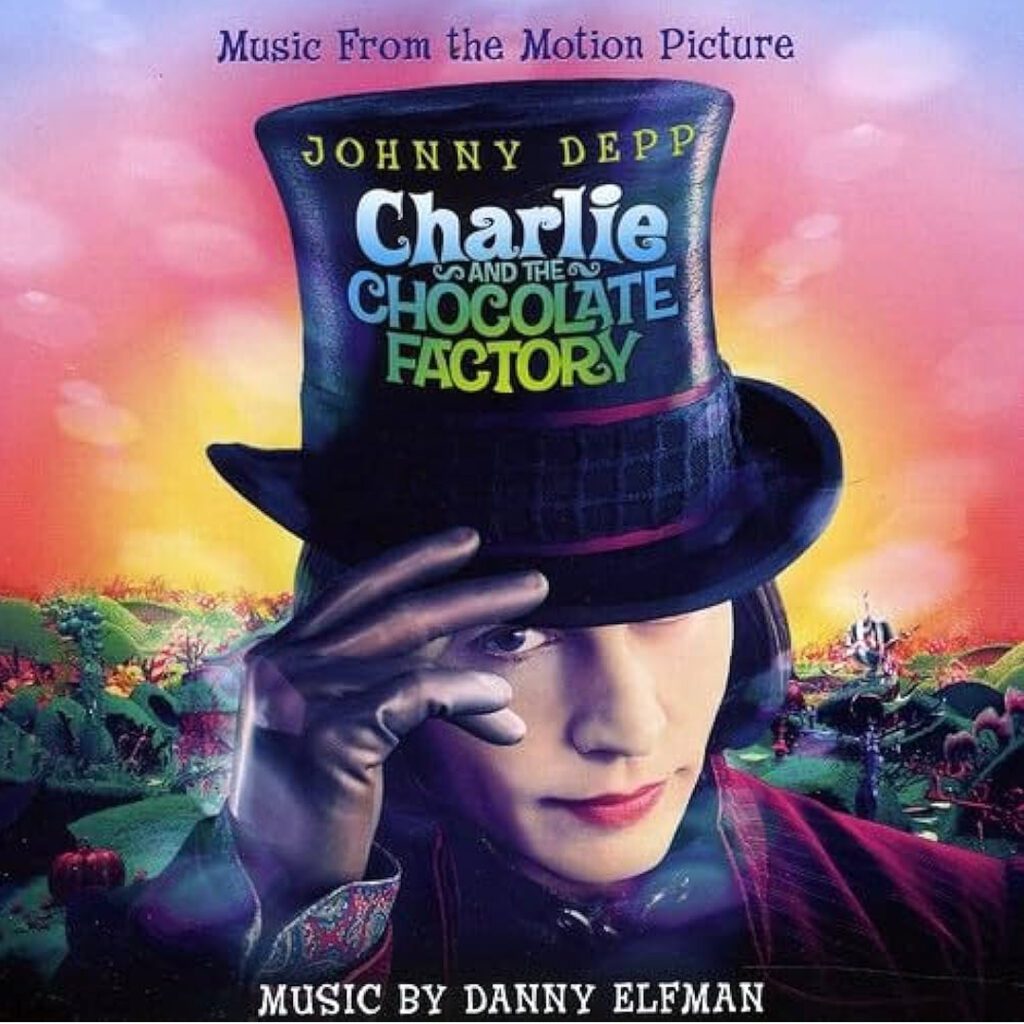
Another iconic trampoline scene in cinema is from Tim Burton’s adaptation of Charlie and the Chocolate Factory. When Charlie Bucket and his eccentric guide Willy Wonka enter the ‘Inventing Room’, they come across the ‘Bouncy Bouncy Room’ – a psychedelic space filled with trampolines and giant inflatable mushrooms.
Trampolining in a world of pure imagination
As the energetic instrumental of ‘Pure Imagination’ plays, Wonka enthusiastically explains that to stimulate creativity, his workers take trampoline breaks to get the endorphins flowing. The sequence shows Wonka and Charlie bouncing weightlessly, spinning and tumbling in mid-air. Their unbridled joy and delight in trampolining symbolises escaping the bounds of reality through imagination. You can recreate this scene on a 12ft trampoline.
A metaphor for following your dreams
The scene is a metaphor for pursuing your dreams and ambitions without limits or constraints. As Wonka says, “The bouncy bouncy room helps with ideas, you see. Limitless imagination!” Trampolining represents freeing your mind to conceive groundbreaking ideas and ‘think outside the box’. Much like how Charlie’s golden ticket allows him to escape his dreary life, the trampolines allow temporary escape from normal physical limitations.
3. “Deadpool 2” (2018)
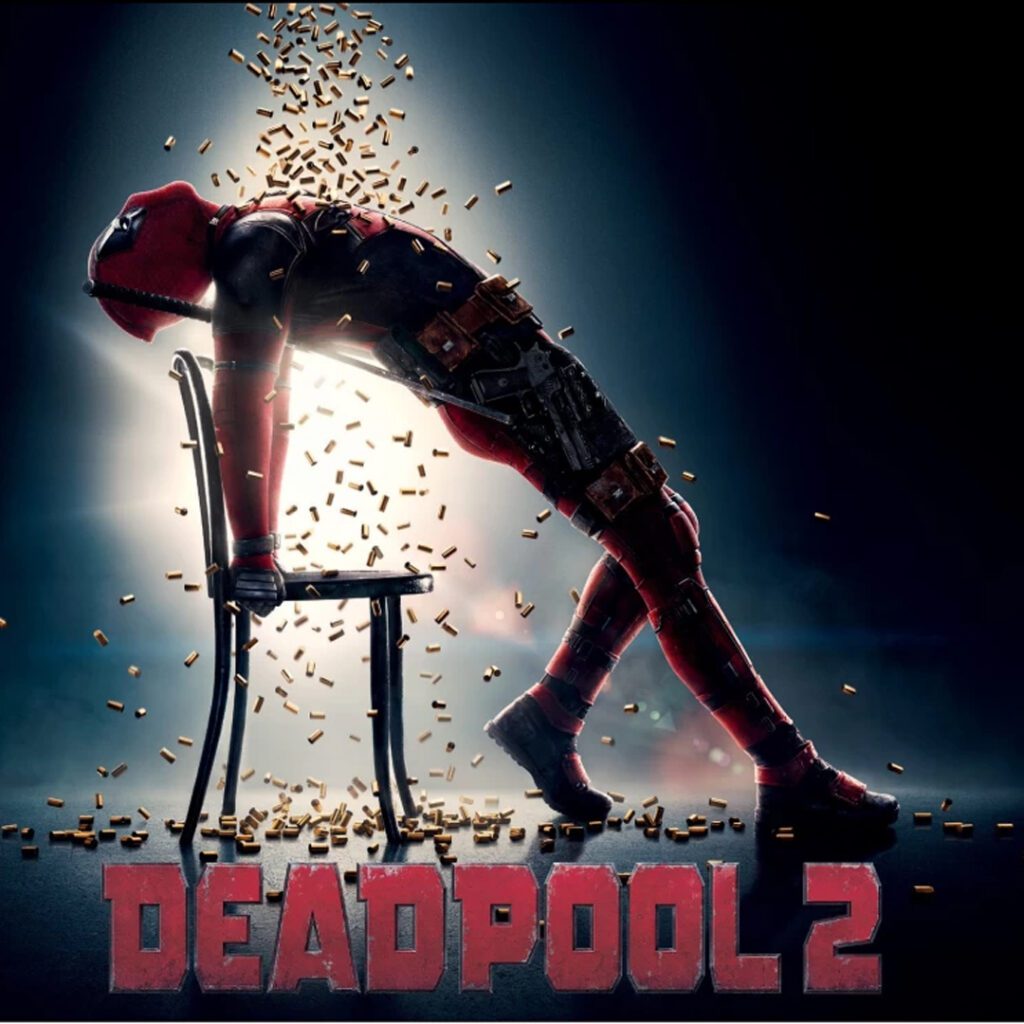
The irreverent superhero film “Deadpool 2” features an epic action sequence on a trampoline that showcases the zany and over-the-top style of the franchise. The scene takes place at the Essex House for Mutant Rehabilitation, a prison for mutants, where Deadpool and his team have come to recruit the mutant known as Firefist.
Breaking into the Garden
To gain access to the garden where the mutants exercise, Deadpool and his crew pose as pizza delivery men and sneak through the front gates. Once in the garden, the trampolines that were meant for recreation become tools for mayhem.
Bouncing into Action
As a fight breaks out between the inmates and the guards, Deadpool and his team start bouncing from trampoline to trampoline, using them to gain momentum and launch surprise attacks. At one point, Deadpool even bounces high up and shoots multiple guards in a 360-degree spin. The trampolines allow the mutants to evade attacks with high-flying flips and gain the upper hand on their opponents from unexpected angles.
4. “The Royal Tenenbaums” (2001)
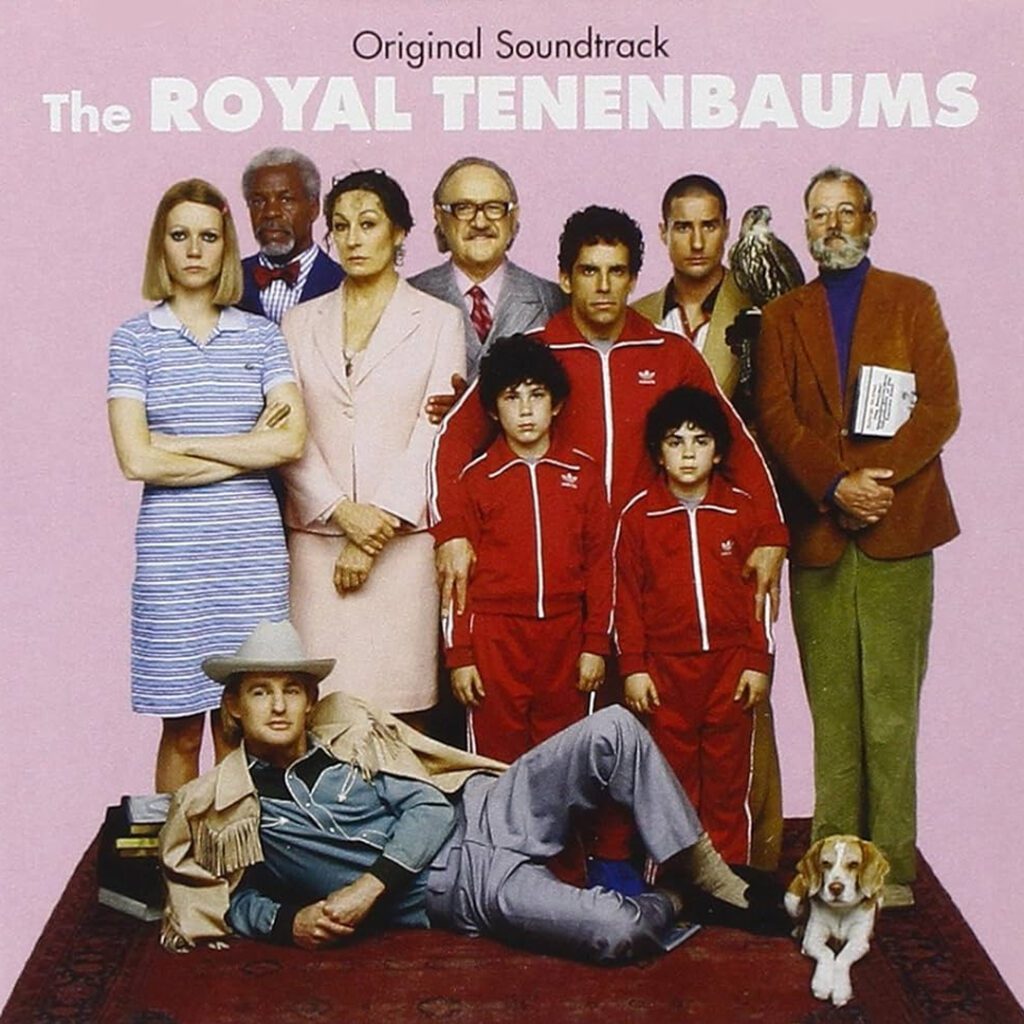
One of the most poignant trampoline scenes in film is in Wes Anderson’s quirky dramedy “The Royal Tenenbaums”. The story centres around the Tenenbaum family, once child prodigies who have grown distant from each other over the years.
A Touching Reconciliation
However, after a series of events, the three Tenenbaum children come together again in a memorable scene on their childhood trampoline. They begin jumping together, recapturing the joy and closeness they once shared. Their father Royal watches wistfully from the window, before going out to join them.
Royal apologises for his failures as a father and asks for another chance. His children embrace him, signalling their forgiveness and the start of a reconciliation. The scene is a perfect metaphor for the family getting a second chance to “bounce back” and reconnect.
A Familiar Object from Childhood
The trampoline is a poignant choice for this reunion, as it represents their shared memories of an innocent, carefree childhood. Though they have each gone through difficulties and estrangements as adults, jumping together as they did as children helps them rediscover the bond they once had.
The scene is a pivotal moment of warmth and humour in an otherwise quirky, melancholic film. Through the familiar act of bouncing together, the Tenenbaums recapture the joy of family and start their journey to heal old wounds. It’s a subtle yet moving testament to the power of forgiveness and the possibility of second chances.
5. “Austin Powers: The Spy Who Shagged Me” (1999)
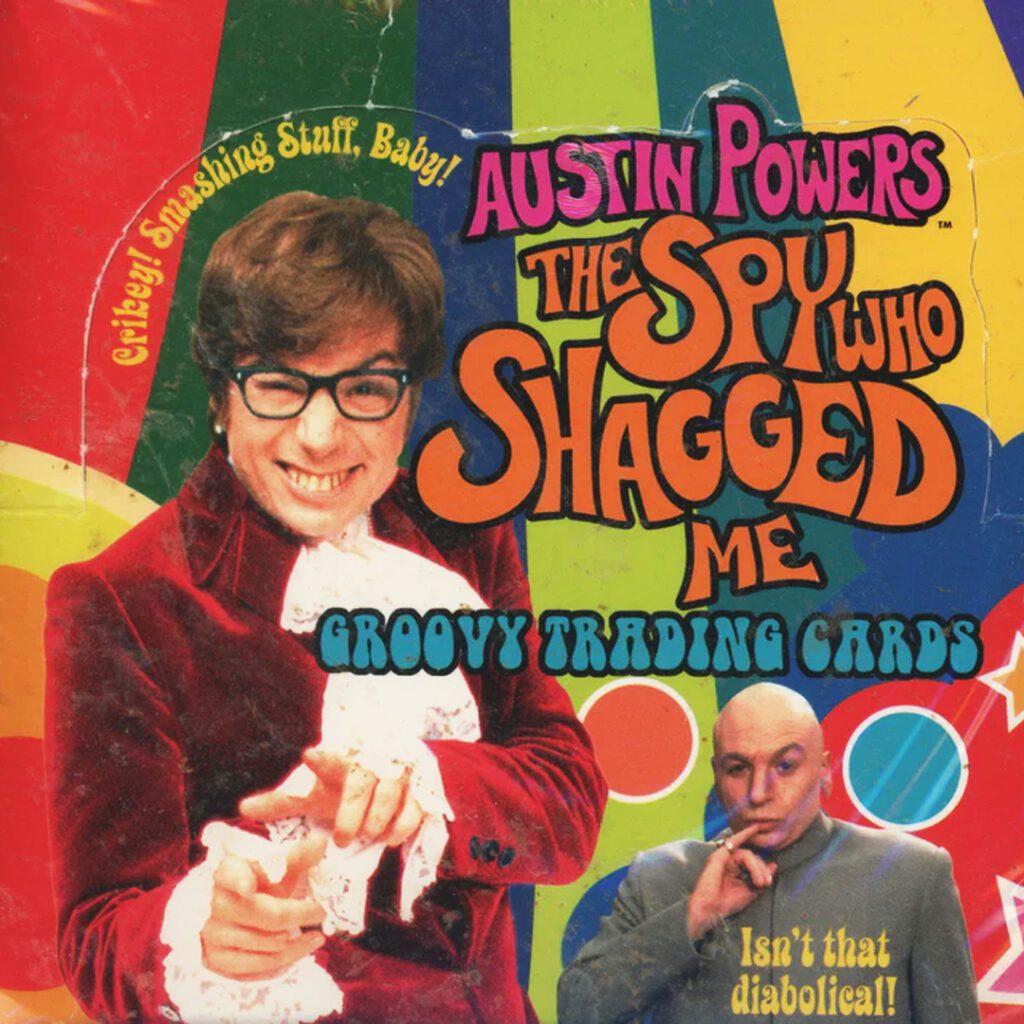
Comedy classic “Austin Powers: The Spy Who Shagged Me” is one of the gem movies. In a pivotal scene, Austin and love interest Felicity Shagwell find themselves surrounded by ill-tempered sea bass inside the villain Dr. Evil’s lair. To make their escape, the quick-thinking Felicity suggests using the conveniently placed trampoline to bounce over the killer fish.
An Improbable Solution
What follows is an utterly absurd and over-the-top sequence of the pair bouncing comically high into the air, somersaulting and careening off walls. Director Jay Roach milks the improbable solution for all its comedic worth, stretching the reality of what is physically possible on a trampoline and relishing in the silliness of it all.
Heightened Action
The trampoline allows for a highly stylised type of action and physical comedy not possible on the ground. Everything is exaggerated, from the height of the bounces to the contortions of their bodies. The scene makes full use of the comedic potential for mishaps and clumsy, uncoordinated movement.
A Parody of Action Films
Like much of the Austin Powers series, the trampoline chase is a parody of overly serious action and spy thrillers. By giving the protagonists such an absurd way out of danger, the scene pokes fun at the improbable escapes and over-the-top stunts of the genre. The overall silliness and implausibility serve to not take itself too seriously and bring some lighthearted fun.
6. “Home Alone” (1990)

In the classic film “Home Alone,” one of the most memorable and funny scenes involves Kevin McCallister, a young boy, using a trampoline to outsmart two burglars named Harry and Marv. Kevin is left alone at home during Christmas and must protect his house from the burglars, leading to many funny and creative traps.
The trampoline scene happens when Harry and Marv chase Kevin through the garden, determined to break into his house. Kevin quickly comes up with a plan to stop them. With quick thinking and cleverness, Kevin runs to a trampoline in the garden.
As Harry and Marv get closer, Kevin jumps onto the trampoline, bouncing high into the air with a cheeky smile. The burglars are surprised by Kevin’s move and watch in disbelief as he jumps out of their reach. Kevin teases them by bouncing and laughing as they struggle to catch him.
The timing of the scene is perfect, with Kevin’s laughter contrasting with the frustration on Harry and Marv’s faces. Despite their efforts, they can’t catch Kevin, and his laughter shows he’s won against them.
The trampoline isn’t just a toy in this scene; it symbolises Kevin’s cleverness and ability to defend himself. Kevin turns an ordinary trampoline into a tool for protection, showing how he can think quickly in dangerous situations.
Audience Engagement and Reaction
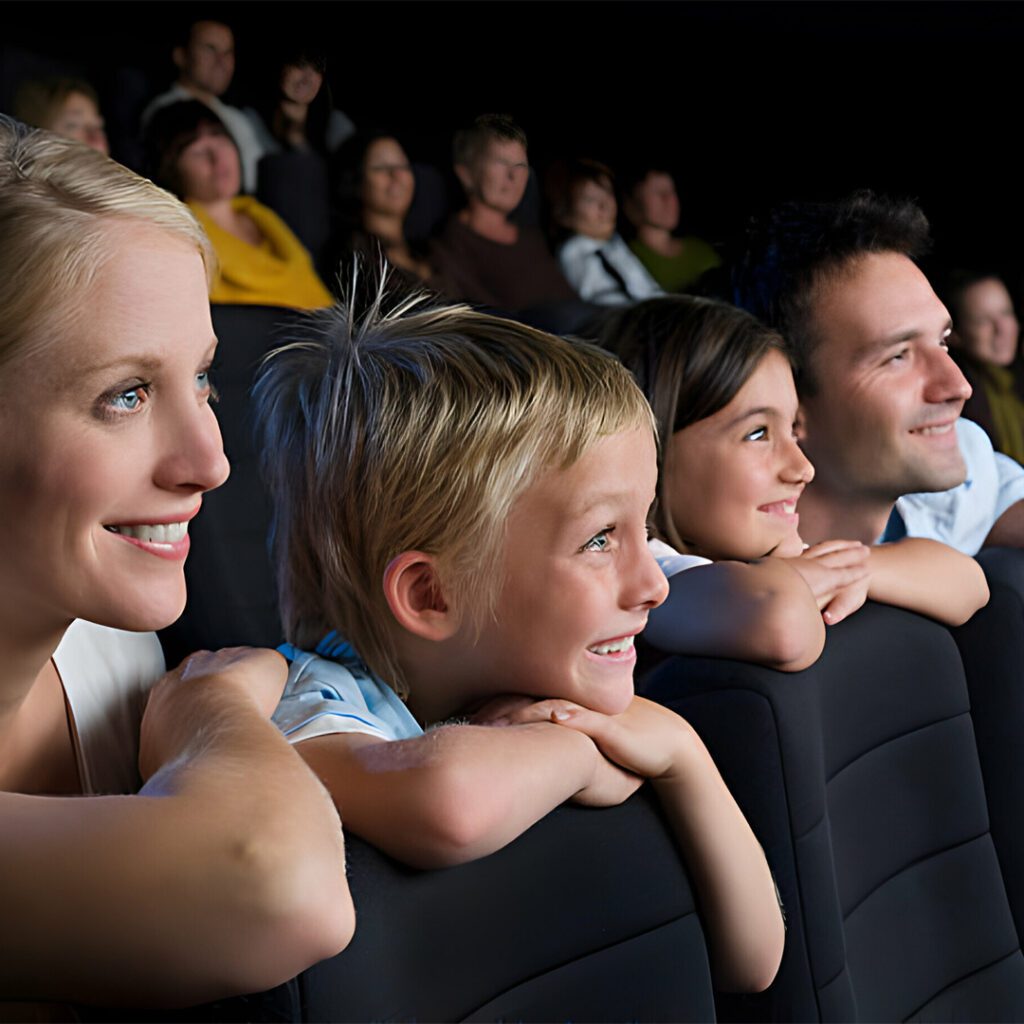
As an audience, watching a trampoline scene in a film immediately sparks a reaction. The sight of actors bouncing around, often in a comedic fashion, engages viewers and stirs up perceptions of fun, playfulness and nostalgia.
Trampolines remind many of childhood memories, carefree summer days and simpler times. Seeing this translated onto the big screen in an exaggerated, over-the-top way taps into that sense of innocent fun. It’s hard not to smile or laugh when watching the likes of Charlie Chaplin in The Circus or Tom Hanks in Big jumping with glee. These lighthearted, joyful moments create feel-good reactions in audiences.
Some of the most memorable trampoline scenes are those in coming-of-age stories. The trampoline symbolises youth, first loves and discovering independence. This is epitomised in cult classics like Election, where Reese Witherspoon’s character finds freedom and rebellion on her trampoline, or The Perks of Being a Wallflower where Emma Watson’s Sam shows Charlie the wonders of “infinite”. These poignant scenes resonate strongly with audiences, especially those in their formative years.
Not all trampoline scenes evoke the same heartwarming reactions though. Some employ the trampoline in more absurd, cringeworthy ways, as seen in Meet the Parents or Old School.
Whether joyful or awkward, trampoline scenes in film never fail to elicit a reaction in audiences. They tap into nostalgia for youth, childhood memories of play and the human tendency to empathise and cringe along with on-screen characters. For a brief moment, we are all children again, bouncing without a care in the world.
Conclusion
Trampolines on the silver screen aren’t just a bit of fun – they tell a deeper story about the characters and themes of some of cinema’s most iconic moments. From the joy and freedom of Ferris Bueller’s Day Off to the emotional growth in Garden State, trampoline scenes have become a classic way for films to explore relationships, self-discovery and the human experience. Next time you spot a trampoline on your telly, take a moment to think about what it might represent. You may just see the scene in a whole new light. And who knows – it could inspire you to take a bounce yourself. A little childlike play can lift our spirits and remind us what really matters.

